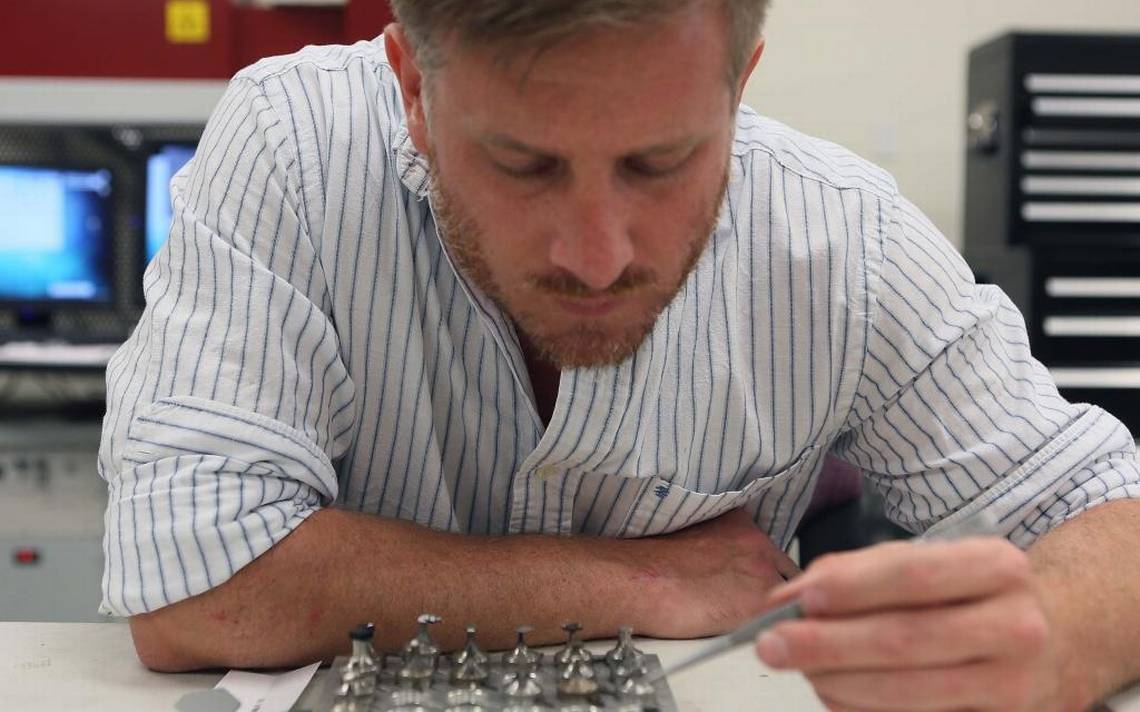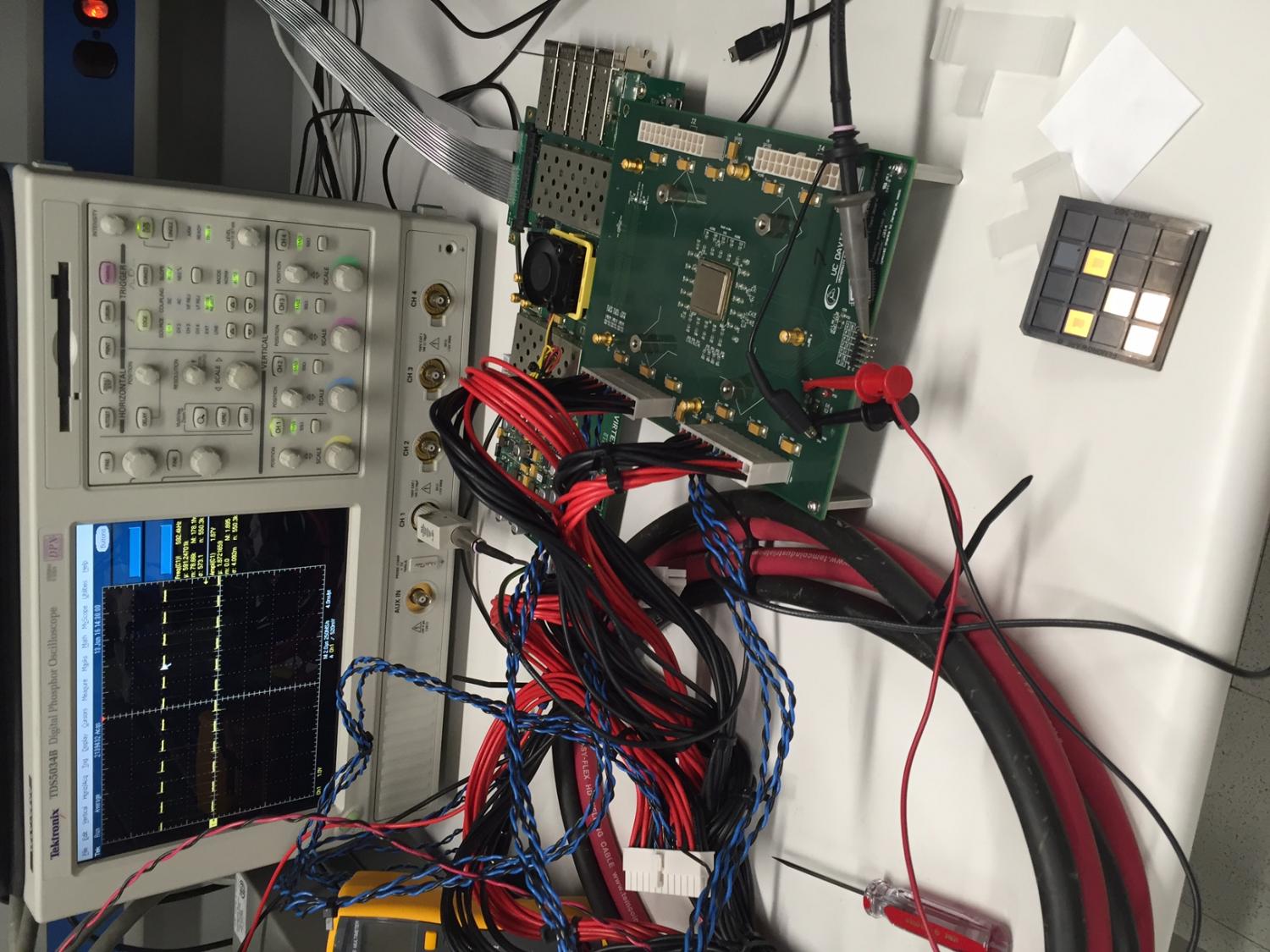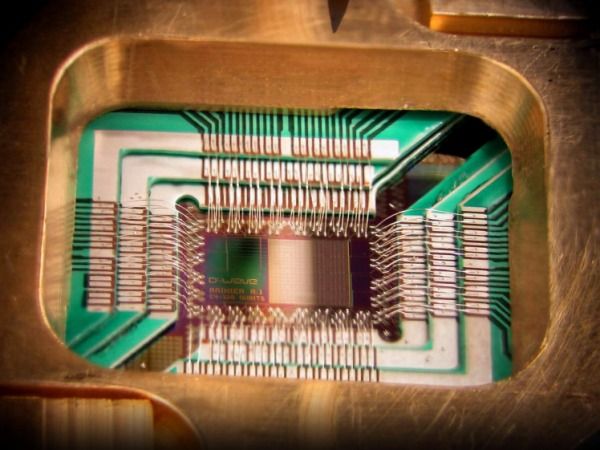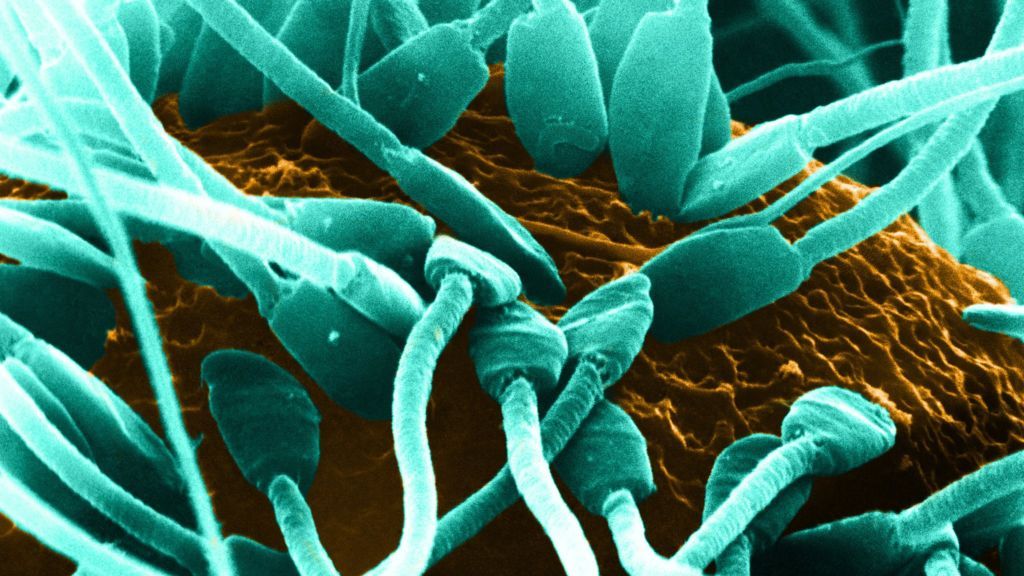Jun 17, 2016
Method for detecting quantum entanglement refined
Posted by Karen Hurst in categories: computing, particle physics, quantum physics
This is huge! They have been able to develop a method to trace high-dimensional entanglement.
Before this point, we had a method that could trace entanglement to limited level among particles; this method allows us to detect high-dimensional entanglement and even enable us to certify whether or not the system has reached the maximum level of entanglement.
So, we are now going to finally see “real” full-scale quantum computing. This changes everything.
RMIT quantum computing researchers have developed and demonstrated a method capable of efficiently detecting high-dimensional entanglement.
Continue reading “Method for detecting quantum entanglement refined” »
















